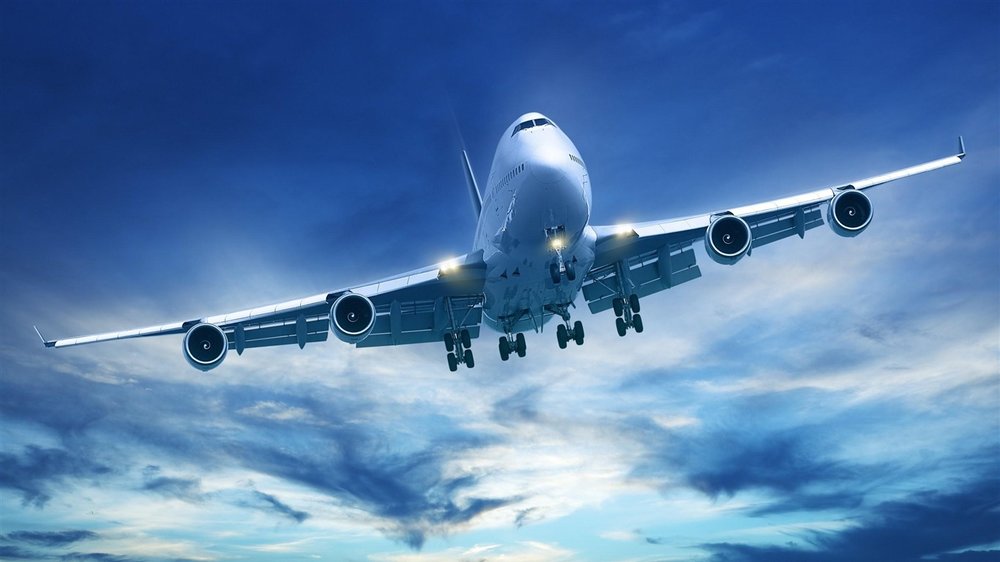Aviation industry ready to take off in 2017

Iran for long has been an economic and tourism hub in the Middle East and considering its significant strategic and geographical position, it has always been at the center of attention for the countries all around the world.
But the West-led economic sanctions against Iran made the country faced with a gradual isolation from the world economy.
Over the years of unjust sanctions, Iran’s aviation industry was one of the most important sectors affected by the situation. So that according to Iranian officials, currently out of Iran's 250 commercial planes, just about 150 are flying while the rest are grounded due to lack of spare parts; Parts and servicing remained nearly impossible to get during the sanctions era.
The lifting of sanctions in January 2016 presented the country with an opportunity for renewing its aging fleet, an opened gate through which Tehran could again become the economic frontier and tourism market it once was.
Post JCPOA (Joint Comprehensive Plan of Action), Iran’s re-opened gates toward the world economy once again lured foreign airliners toward the country; the number of the countries which started or resumed direct flights to Iran has increased significantly during the last year and the figure will continue its upward trend in the years to come.
Canada, India, S. Korea, Britain, France, Thailand, Austria, Denmark, Italy, Germany and Portugal are among the nations which approached Iran for direct flights post sanctions.
Establishing direct flights once again brought the issue of fleet renewal to the spotlight and accordingly, Iranian officials started negotiating with world major airplane manufacturers for purchasing new planes.
According to Iranian officials, the country’s airlines need about 500 new aircrafts in the next decade to modernize the country’s fleet.
The wheels started to turn very soon and in December 2016, Airbus confirmed a deal with Iranian flag carrier Iran Air for 100 aircrafts, covering 46 Airbus A320 planes, 38 A330 planes and 16 A350 XWB aircrafts.
Soon after the Airbus deal, Reuters published a report saying “in the biggest U.S.-Iran deal since the 1979 Islamic revolution, Iran Air signed a deal to buy 80 passenger planes from U.S. aircraft maker Boeing,”
According to Farhad Parvaresh, the CEO of Iran's flag carrier, the 10-year deal included 50 Boeing 737 aircrafts and 30 777 planes.
The two major deals aside, the country also entered negotiations with other plane makers like Japan’s Mitsubishi, Russian Komsomolsk-on-Amur Aircraft Production Association (KnAAPO) Brazilian Embraer aircraft manufacturer as well as French-Italian ATR to add new planes to the country’s fleet.
With the arrival of the first and second Airbus jets to the country in January 12, and March 11, 2017 Iran formally started its long awaited plan for revival of its fleet.
Experts believe that by signing contracts to purchase more than 200 commercial aircrafts and an increase of more than 50,000 new seats, the position of Iran’s aviation industry will be significantly promoted in the region and it will also create more than 20,000 job opportunities.
In addition to the purchase of aircrafts, the contracts Iran signed cover a variety of other areas such as pilot training, maintenance, supporting the development of air navigation services, airport operations, technology transfer and coordination of regulatory provisions for Iran Air which could help develop the country’s aviation industry to a great extent.
It seems that after years of isolation, Iran’s aviation industry is once again moving toward the runway, getting ready for an outstanding takeoff in the years to come.
Leave a Comment